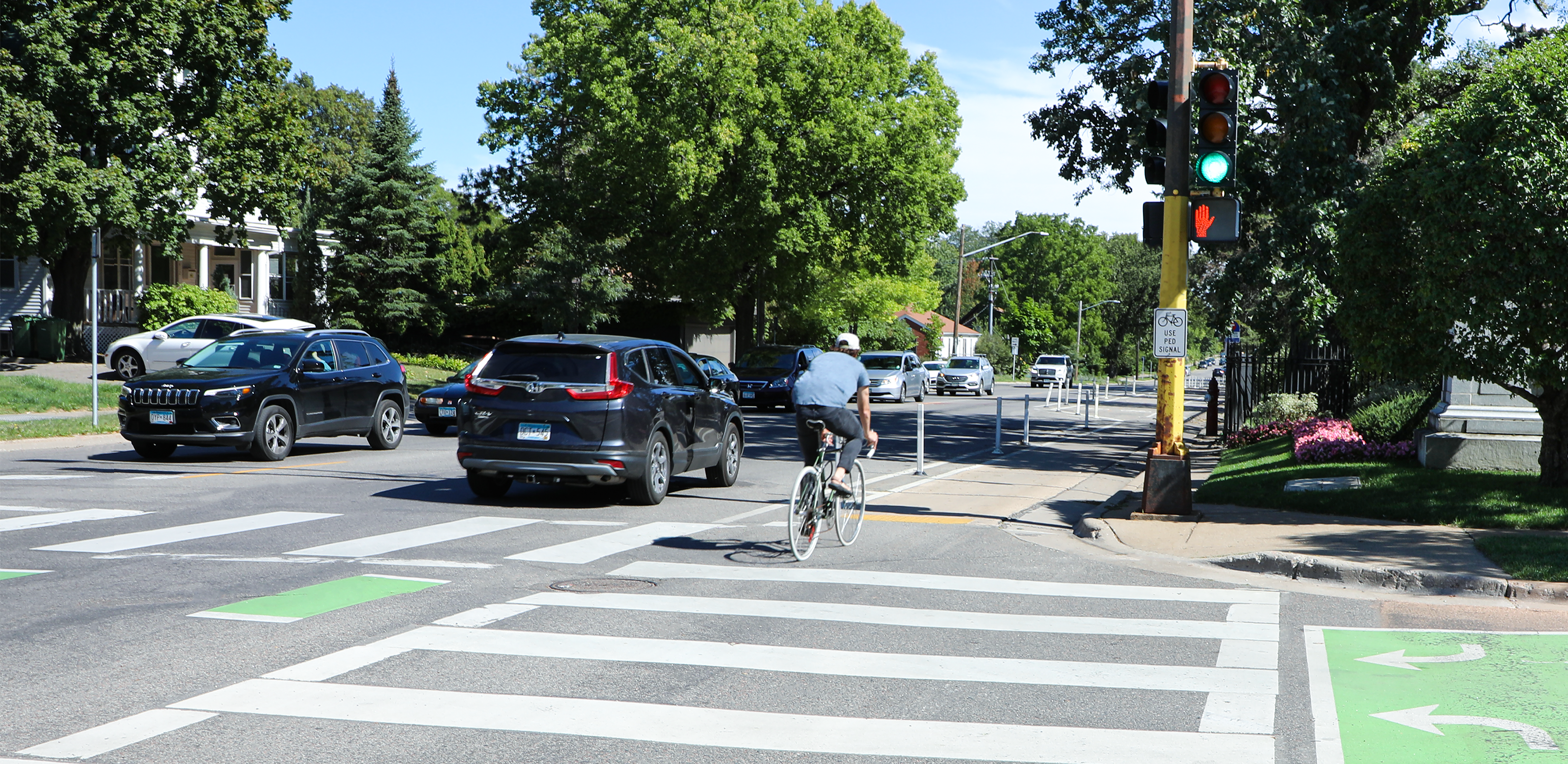With more cities increasing sustainability and resiliency initiatives, bike lanes are a great way to go green and create more accessibility within communities.
Minneapolis alone has approximately 16 miles of on-street separated bike lanes, 98 miles of bike lanes, and 101 miles of off-street bikeways and trails. Alliant’s engineers have contributed to several of these innovative designs. Creating new ways to connect people safely and efficiently is always the goal. Additionally, there are sometimes special project requirements due to space constraints.
If you have ever wondered about the differences between bike lanes, this article is for you!
For National Bike Month, we have broken down the most common types of bike lanes and included examples of each. We have simplified the terminology as each city has different requirements as to what constitutes each lane.
Advisory Lanes
Think of an advisory bike lane as a dotted-line suggestion. On low-volume roads which are not wide enough for dedicated bike lanes, advisory bike lanes suggest where bikers should ride and set the expectation that motorists respect their space. Streets with these advisory lanes do not include a yellow centerline, giving vehicles more freedom to go around bikes.
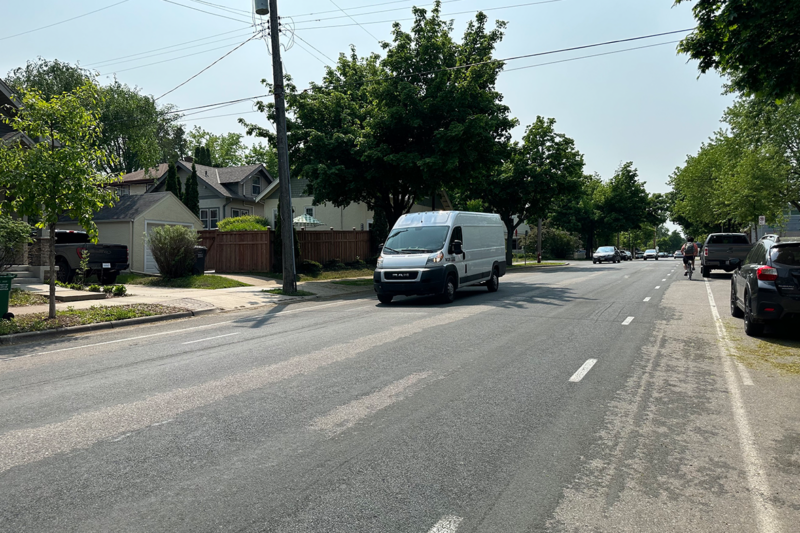
An example of a Advisory lane. Designed by others.
Striped Lanes
Probably the most common bike lane is the unprotected, striped lane. This method creates a dedicated space for non-motorized traffic. These on-street bike lanes often include green pavement markings across intersections to link one block to the next. Having this visual aid helps drivers stay aware of bikers even when they are turning onto new roads. Mostly used in areas that don’t have much space, these lanes remind drivers to share the road.
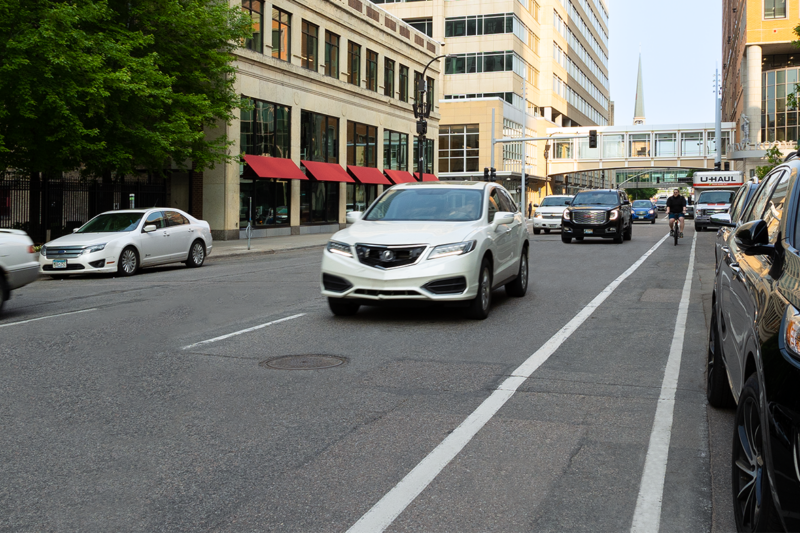
9th Street Minneapolis. Re-Striping of bike lane designed by Alliant.
Buffered Bike Lanes
Buffered bike lanes provide additional safety by separating cyclists from the car lanes with a striped buffer (usually between 2’ to 5’ wide). They sometimes include white poles to enhance the visibility of the buffer. These lanes provide more room for bikers and can be designed with a two-way system. They are much easier for drivers to notice, meaning fewer accidents. Buffered bike lanes are a cost-effective upgrade for the humble bike lane.
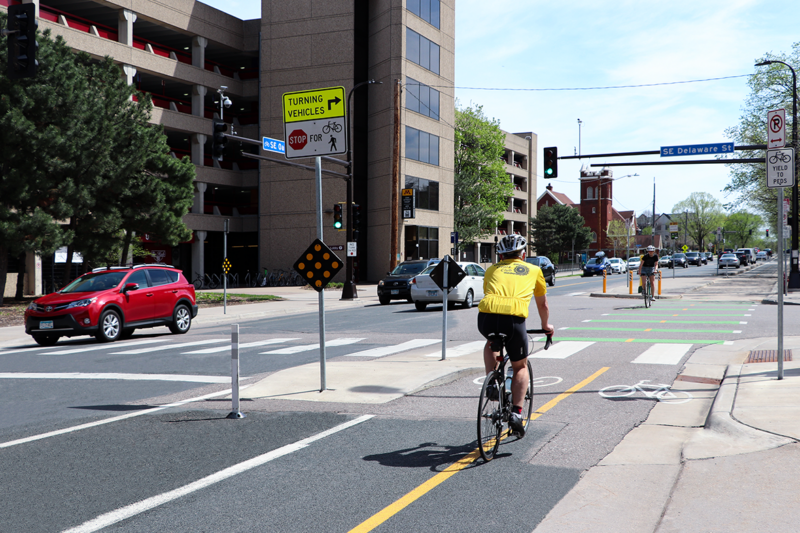
Oak Street, Minneapolis. Buffer bike lane designed by Alliant.
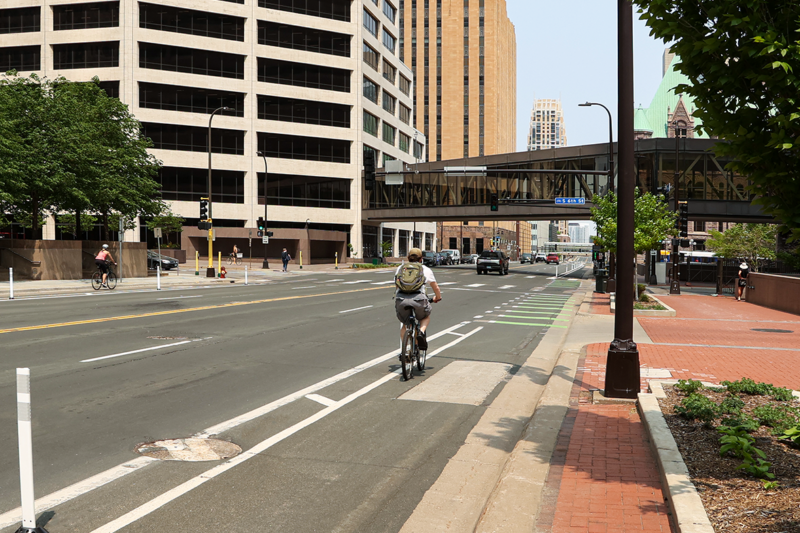
3rd Avenue, Downtown Minneapolis. Buffer bike lane designed by Alliant
Separated Bike Lanes
Best overall for bikers, pedestrians, and cars is the separated bike lane. On-street, this lane separates cyclists from vehicle lanes by a concrete curb, while off-street options include an elevated structure resembling a sidewalk. When constructed off-street, separated bike lanes are typically accompanied by an extra buffer space or signage to ensure clear separation. These bike lanes are increasingly prevalent and often feature a ‘floating bus stop’ as part of their design. A ‘floating bus stop’ requires pedestrians to cross the bike lane in order to board or un-board the bus. This pedestrian movement aims to keep bikers protected from yielding buses.
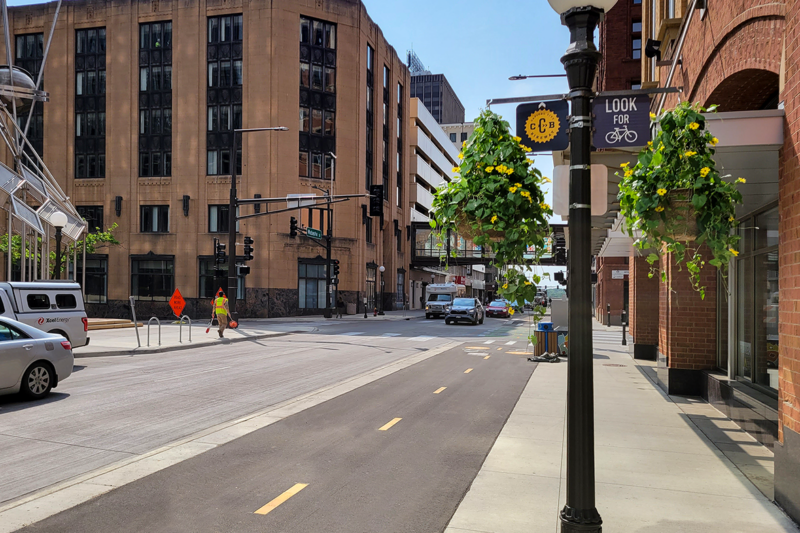
Wabasha Street St Paul, MN. Bike lane designed by Alliant.
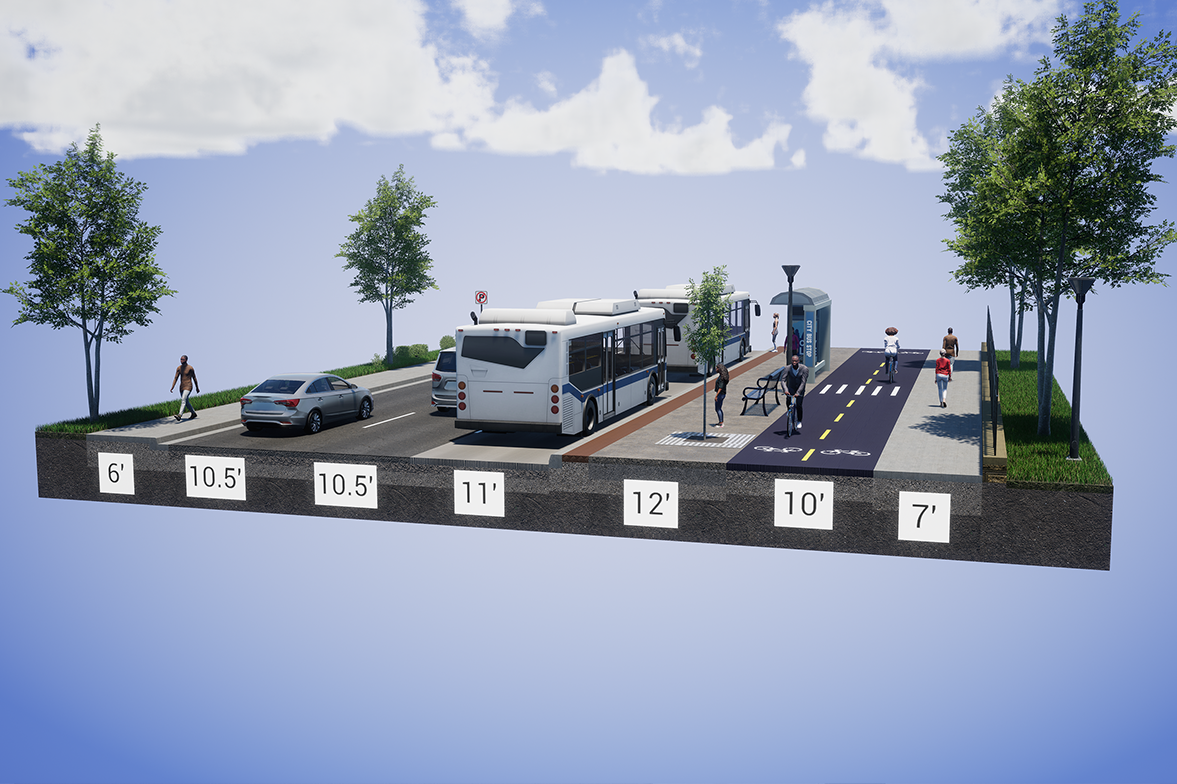
4th Street and University, Minneapolis. Design by Alliant.
As we move toward a more inclusive future for all modes of transit, we strive to keep every member of the traveling public safe. While each type of bike lane provides safety, it’s important to always keep an eye out for cyclists.

